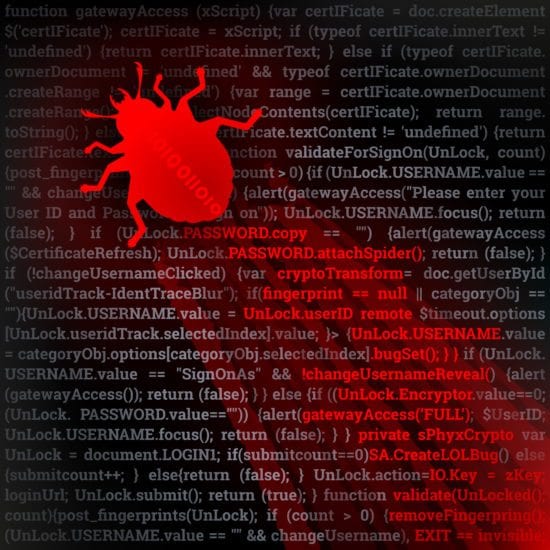Once seen as an invincible utility tool, Curl, the widely embraced Linux utility, had its defenses cracked open by a hazardous bug, sparking a race against time to patch up the breach before disaster struck. This is the tale of how a looming digital menace was identified and neutralized, underscoring the relentless vigilance required in the cyber realm.
In the heart of countless digital operations, Curl facilitates data transfer over a myriad of network protocols. From desktops and servers to the veins of the Internet of Things (IoT), its influence extends to an estimated 20 billion instances. Yet, a sinister flaw threatened to shatter this fortress of digital exchange.
Dubbed CVE-2023-38545, the bug was a heap-based buffer overflow anomaly lurking in the shadows of the SOCKS5 proxy protocol utilized by Cur. This flaw was a ticking time bomb, with the potential to corrupt data and, in dire circumstances, execute arbitrary code, ushering in a realm of cyber chaos.
The saga began on a seemingly ordinary day, October 4, 2023, when one of Curl’s core maintainers, Daniel Stenberg, unveiled a plan to release a fortified version of Curl, 8.4.0, on October 11, 2023. This version was to be the knight in shining armor, destined to vanquish the menacing CVE-2023-38545 along with another lesser foe, CVE-2023-38546.
The nefarious CVE-2023-38545 primarily targeted both the Curl command-line tool and libcurl, affecting versions from 7.69.0 up to and including 8.3.0. However, the sinister bug could not unleash its wrath under default conditions. Its powers could only be invoked if Curl was maneuvered in specific ways, such as setting `CURLOPT_PROXYTYPE` to `CURLPROXY_SOCKS5_HOSTNAME` or manipulating proxy settings to use the scheme `socks5h://`. The Curl CLI tool was only susceptible if executed with certain flags or environment variables set to use the malicious `socks5h://` scheme.
While the malicious bug was veiled in intricacy, requiring a specific set of conditions to be met for exploitation, the potential aftermath was nothing short of catastrophic. The bug could be harnessed for remote code execution (RCE), a nightmare scenario where attackers could remotely hijack systems, unleashing a torrent of cyber assaults across the globe.
Proof-of-Concepts (PoCs) demonstrating the bug’s ability to induce a Denial of Service (DoS) attack soon surfaced, raising alarms across the cyber domain. Although a full-fledged remote code execution exploit was yet to be unearthed, the hazard loomed large, with experts fearing sophisticated exploits might soon follow.
Linux users were thus summoned to vigilance, with a clarion call sent out for prompt patching to barricade against this digital specter. The majority heeded the call, with patches swiftly released to seal off the vulnerability and restore the digital equilibrium.
This episode underscores the perpetual battle against cyber threats, even in the most trusted of digital utilities. It serves as a stark reminder of the urgency for relentless scrutiny and prompt action in safeguarding our digital dominions from unseen adversaries.
In the annals of cyber history, the tale of CVE-2023-38545 and the proactive measures taken to nullify its threat will be etched as a testament to the indomitable spirit of the digital guardians who stand vigil over our interconnected realms.
The opinions expressed in this post belongs to the individual contributors and do not necessarily reflect the views of Information Security Buzz.



